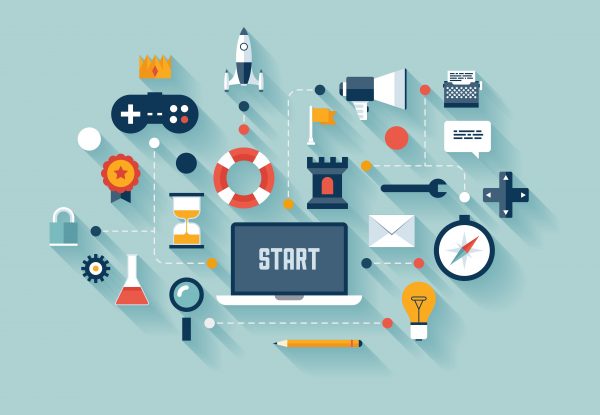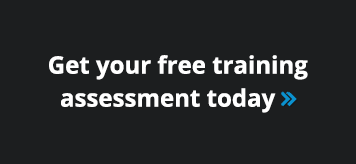
It’s safe to say that, even though gamification is the new buzzword in training techniques, it has been around for a while.
Gamification of training
Adding gaming elements to a training class—online or instructor-led—encourages student participation, engagement and retention of the material.
A Federation of American Scientists report from the 2006 Summit on Educational Games found that:
“Students remember only 10 percent of what they read; 20 percent of what they hear; 30 percent if they see visuals related to what they hear; 50 percent if they watch someone do something while explaining it; but almost 90 percent if they do the job themselves, even if only as a simulation.”
Compliance training is a great example of how training can be turned around by making it feel like a game. Often, it’s hard to engage learners when much of the material is dry. Employees balk when they are instructed to take a training course. Because of the loss of time in their work day, they often click through the screens as quickly as possible just to complete the task. In result, they don’t retain much of the information any longer than it takes them to complete the quiz and get their certificate.
 An influx of information on a computer screen that provides a simple list of laws and dates isn’t going to lead to higher retention rates. But, if the material is presented in a scenario-based format, and your employees are tasked with solving a problem—say, how to prevent the loss of classified data—the time doesn’t feel lost. Your employees will feel better prepared to use that information as they go back to work.
An influx of information on a computer screen that provides a simple list of laws and dates isn’t going to lead to higher retention rates. But, if the material is presented in a scenario-based format, and your employees are tasked with solving a problem—say, how to prevent the loss of classified data—the time doesn’t feel lost. Your employees will feel better prepared to use that information as they go back to work.
Add in a scoring system or a badge that they could earn, and they’re even more likely to go back a second time to better their score (and learn the piece of information they missed the first time through).
In 2015, software provider, Capterra and learning management system, TalentLMS teamed up on a survey of learning management system users and instructional designers to investigate the effectiveness of gamification. Their research indicated a positive impact on just about every metric of learner success:
- 84% claimed increased student satisfaction
- 83% reported their students retained course content better
- 80% said their course completion rate improved
- 71% noted better student scores on tests and assignments
While this research centers around online training, classroom training is no different. Add points or a scoreboard into your learning checks, and see how fast people stop playing Candy Crush and put down their smart phones so they can compete against real, live people.
When work feels like a game
As an eLearning developer, I understood how gamification could improve training, but it wasn’t until I came to MainSpring that I learned how it could affect overall employee engagement as well.
 You may have noticed that we introduce our new employees as draft picks. But the game doesn’t end there. Some companies issue an employee handbook; MainSpring has The Playbook. Our SharePoint site? The Huddle. Our Storyteller campaign? We have an honest-to-goodness scoreboard.
You may have noticed that we introduce our new employees as draft picks. But the game doesn’t end there. Some companies issue an employee handbook; MainSpring has The Playbook. Our SharePoint site? The Huddle. Our Storyteller campaign? We have an honest-to-goodness scoreboard.
Speaking from experience, this is the most engaged group of people I’ve ever worked with. I don’t think I’ve spoken with anyone who didn’t really enjoy being a part of this team—or wasn’t clear on how they affect the big picture.
Take a look at the people in your organization. Are they having fun? Are they engaged and enjoying their role on the team? …Or are they watching the clock so they can head home?
What would your business look like in six months if your employees felt like they were winning?
